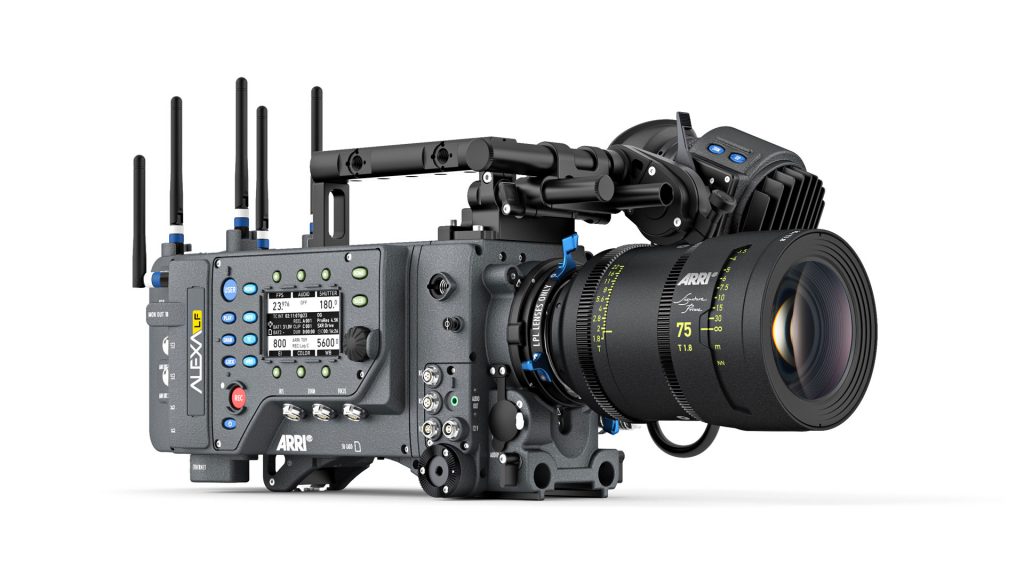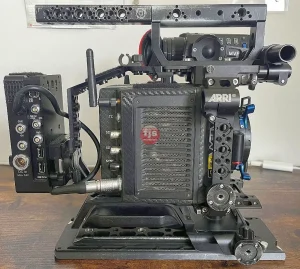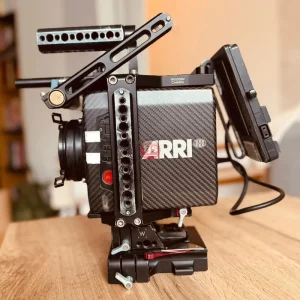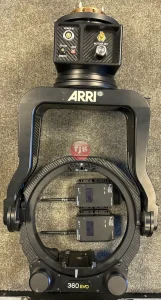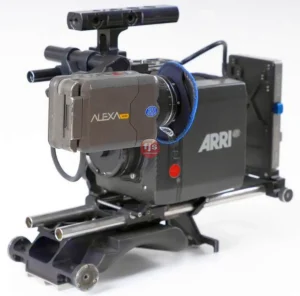Focus breathing can distract from your story. Discover techniques and gear choices to minimize this optical quirk for seamless video.
Understanding and Managing Focus Breathing in Your Footage
Focus breathing is an optical phenomenon that can subtly (or not so subtly) affect your video footage, often without filmmakers even realizing it. When you “rack focus” – shifting focus from one subject to another – some lenses exhibit a slight change in their focal length, causing the image to appear as if it’s zooming in or out. This “breathing” can be distracting to the viewer, pulling attention away from the intended narrative. While dedicated cinema lenses are designed to minimize this effect, many photography lenses (which are often used for video) are prone to it. The good news is that there are several strategies and equipment choices you can employ to mitigate focus breathing and achieve smoother, more professional-looking focus pulls.
Here’s how to combat focus breathing in your video projects:
- 1. Choose Lenses Designed for Video (Cine Lenses):This is the most direct and effective solution. Dedicated cine lenses are engineered with complex optical designs that specifically aim to suppress focus breathing.
- Key Feature: Lenses like ARRI Zeiss Primes, Cooke Primes, Sigma Cine Primes, Meike Cine Primes, and even some higher-end DZOFilm lenses are built with mechanics and optics to keep the field of view consistent during focus transitions.
- Benefit: Provides the cleanest, most professional focus pulls with virtually no distracting breathing. This is why they are standard on professional film sets.
- Consideration: These lenses can be significantly more expensive than photography lenses.
- 2. Opt for Primes Over Zooms (Generally):While not a hard and fast rule, prime lenses tend to exhibit less focus breathing than zoom lenses. Their simpler optical construction, which is designed for a single fixed focal length, often allows for better control over this aberration.
- Key Feature: Primes, especially those with more sophisticated optical designs, often have better focus breathing control.
- Benefit: A good quality prime can offer minimal breathing at a more accessible price point than a full cine zoom.
- Consideration: You lose the versatility of a zoom lens and need to physically move to reframe.
- 3. Be Mindful of Aperture (Shoot Wider Open):The effects of focus breathing can sometimes be less noticeable when shooting with a wider aperture (e.g., f/1.4, f/2.8).
- Key Feature: When depth of field is very shallow, the background is already heavily blurred, making subtle changes in magnification less apparent.
- Benefit: Can help mask minor breathing in lenses that aren’t perfectly corrected.
- Consideration: Shooting wide open also means a shallower depth of field, making focus pulling more challenging and increasing the risk of missing focus.
- 4. Implement Strategic Framing and Composition:Sometimes, the best mitigation isn’t about the gear, but about how you frame your shot.
- Key Feature: Avoid compositions where breathing would be most obvious, such as scenes with prominent background elements that would clearly shift in size during a focus pull.
- Benefit: You can make lenses with some breathing usable by creatively composing your shots.
- Consideration: This requires forethought and might limit your creative options in certain scenarios.
- 5. Slow Down Your Focus Pulls:A quick, aggressive focus pull can make breathing much more apparent.
- Key Feature: Execute focus pulls slowly and deliberately, especially when transitioning between subjects at very different distances.
- Benefit: Spreading the perceived “zoom” effect over a longer duration can make it less jarring and more subtle to the viewer.
- Consideration: May not be suitable for fast-paced action sequences or specific narrative beats that demand quick focus changes.
- 6. Use Software Correction (Post-Production – Last Resort):As a final measure, some video editing software and plugins offer stabilization or perspective correction tools that can potentially mitigate minor breathing.
- Key Feature: Tools like Warp Stabilizer in Adobe Premiere Pro or similar features in DaVinci Resolve may help.
- Benefit: Can save a shot that has minimal breathing if you missed it on set.
- Consideration: Software correction is never as good as optical correction. It can introduce artifacts, crop your image, and is rarely effective for severe breathing. It should be considered a last resort, not a primary solution.
Conclusion: A Smoother Visual Journey
Focus breathing, while a common optical quirk, doesn’t have to ruin your cinematic aspirations. By making informed choices about your lenses, adapting your shooting techniques, and understanding the limitations of your gear, you can significantly mitigate its effects. Prioritizing lenses designed for video, choosing quality primes, being mindful of aperture, and employing thoughtful composition are all powerful tools in your arsenal. The goal is to ensure your audience remains immersed in your story, undistracted by technical imperfections, leading to a smoother and more professional visual experience.
Questions and Answers
Q1: Is focus breathing always bad?
A1: Generally, yes, for narrative and documentary filmmaking, it’s considered an undesirable optical aberration that can be distracting. However, some experimental filmmakers might use it creatively, but that’s rare.
Q2: How can I check if my lens has focus breathing?
A2: Mount your lens on your camera, set a wide aperture (e.g., f/2.8 or wider), point it at a busy scene with foreground and background elements. Slowly rack focus from the closest to the furthest point of your lens’s range while observing the frame. If the frame visibly zooms in or out, your lens has breathing.
Q3: Are all zoom lenses prone to focus breathing?
A3: Most zoom lenses exhibit some degree of focus breathing. High-end cinema zooms are designed to minimize it, but more affordable photography zooms often show it more prominently.
Q4: Can focus breathing be fixed perfectly in post-production?
A4: No. While some software tools can attempt to correct it, they often introduce artifacts, cropping, or a “warped” look. Optical correction in the lens itself is far superior.
Q5: Why do lens manufacturers allow focus breathing if it’s undesirable?
A5: Correcting focus breathing optically adds significant complexity and cost to lens design. For photography lenses, where focus isn’t typically racked during exposure, it’s often a trade-off for other features like compactness, speed, or affordability.

